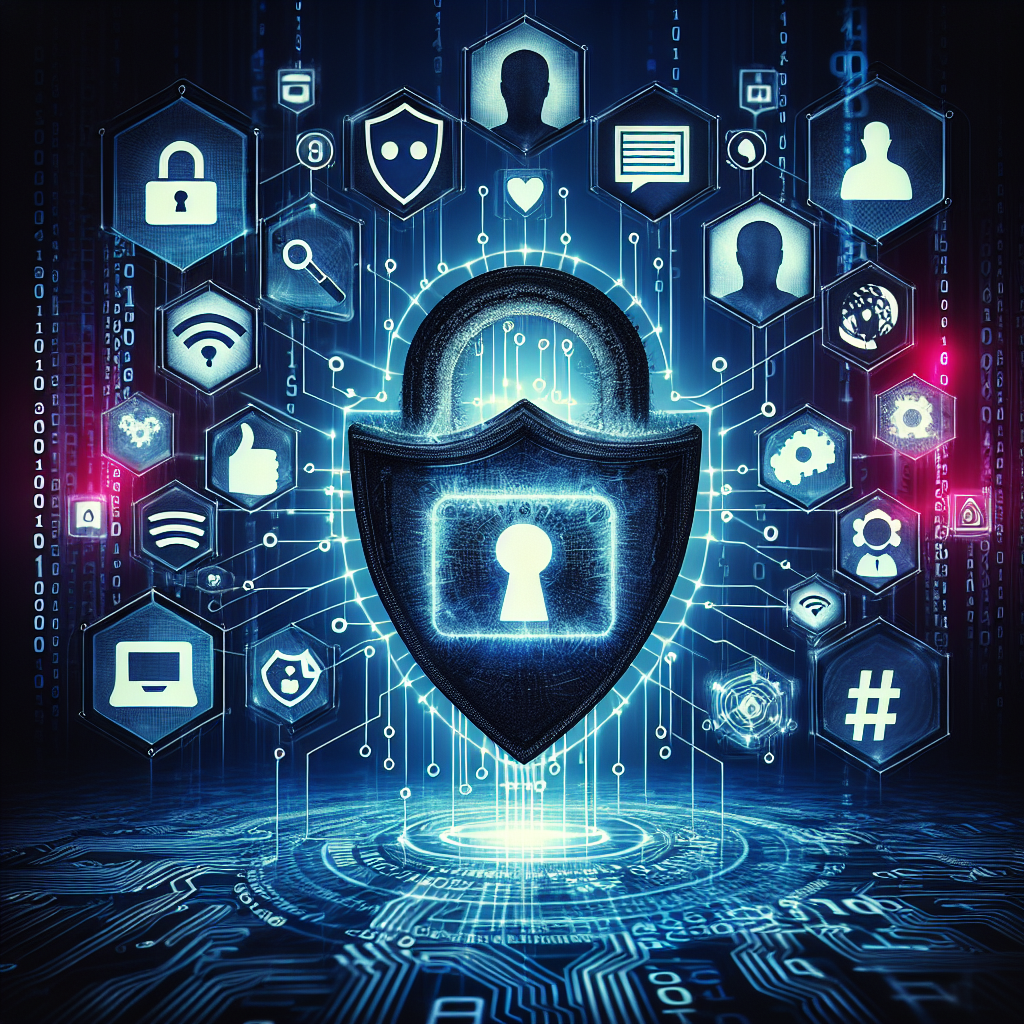Your cart is currently empty!
Tag: Age

IT Consulting in the Age of Remote Work: Adapting to the New Normal
The COVID-19 pandemic has transformed the way businesses operate, with many companies switching to remote work to ensure the safety of their employees. This shift has also had a significant impact on the IT consulting industry, as businesses now require more support than ever to navigate the challenges of working remotely.IT consulting firms are playing a crucial role in helping businesses adapt to the new normal of remote work. From setting up secure virtual private networks (VPNs) to ensuring that employees have the necessary tools and technology to work from home, IT consultants are working tirelessly to ensure that businesses can continue to operate efficiently in a remote environment.
One of the biggest challenges that businesses face in the age of remote work is cybersecurity. With employees accessing company systems and data from various locations, the risk of cyber threats has increased significantly. IT consulting firms are helping businesses strengthen their cybersecurity measures by implementing multi-factor authentication, encryption, and other security protocols to protect sensitive information.
In addition to cybersecurity, IT consultants are also assisting businesses with cloud migration and collaboration tools to facilitate seamless communication and workflow between remote teams. Cloud-based solutions have become essential for businesses looking to maintain productivity and efficiency in a remote work setting, and IT consulting firms are helping businesses leverage these technologies to their advantage.
Furthermore, IT consultants are providing training and support to employees to help them navigate the challenges of remote work. From troubleshooting technical issues to providing guidance on best practices for working remotely, IT consulting firms are ensuring that employees have the knowledge and tools they need to be successful in a remote work environment.
As businesses continue to adapt to the new normal of remote work, IT consulting firms will play an increasingly important role in helping businesses navigate the challenges of this transition. By providing expertise in cybersecurity, cloud solutions, and remote work technologies, IT consultants are helping businesses thrive in an increasingly digital world.
In conclusion, IT consulting in the age of remote work is essential for businesses looking to adapt to the new normal. By providing support in cybersecurity, cloud solutions, and employee training, IT consultants are helping businesses navigate the challenges of remote work and ensuring that they can continue to operate efficiently in a remote environment.
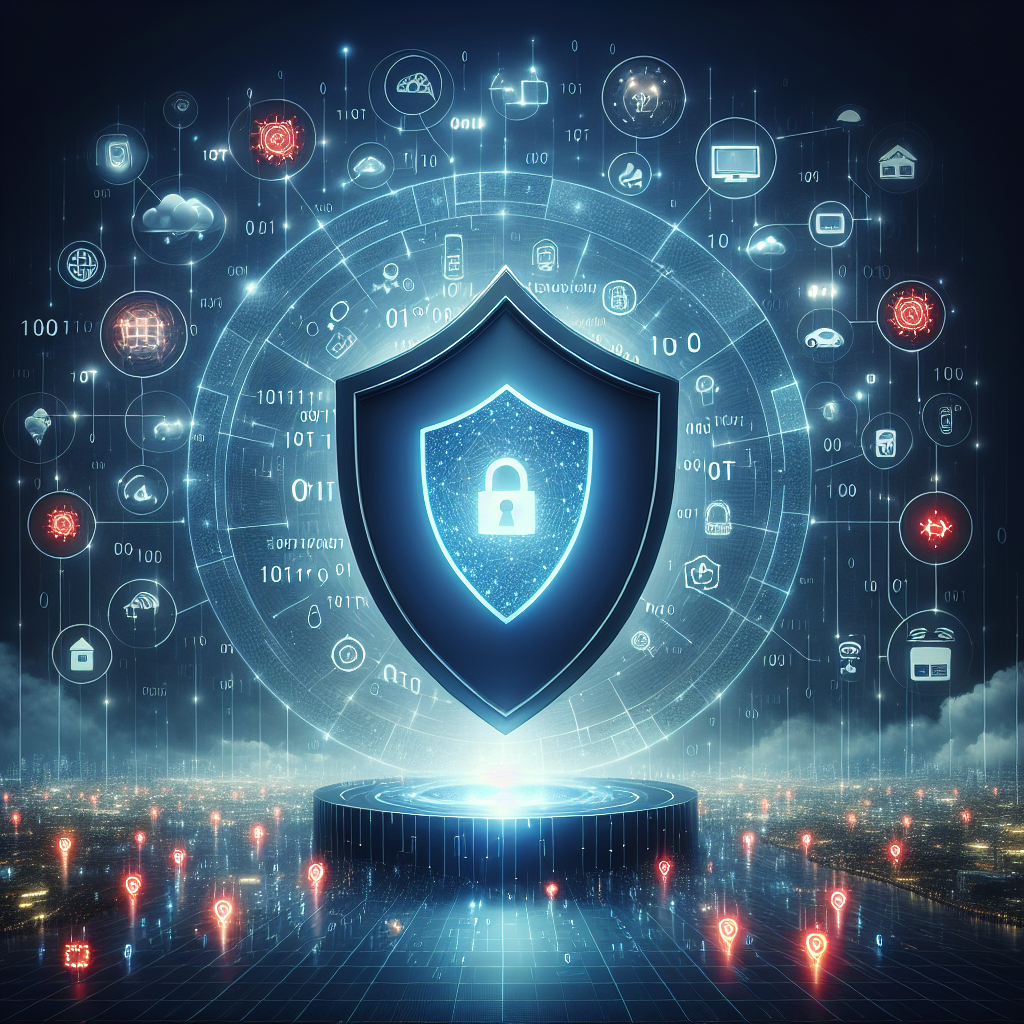
Understanding the Role of Cybersecurity in the Age of IoT
In today’s digital age, the Internet of Things (IoT) has become an integral part of everyday life. From smart homes to wearable devices, IoT technology has revolutionized the way we interact with our surroundings. However, with this increased connectivity comes a heightened risk of cyber attacks, making cybersecurity more important than ever.Cybersecurity refers to the practice of protecting systems, networks, and data from digital threats. In the context of IoT, cybersecurity plays a crucial role in safeguarding the vast array of connected devices that make up the IoT ecosystem. These devices, ranging from smart thermostats to industrial sensors, are vulnerable to cyber attacks that can compromise sensitive information and disrupt operations.
One of the key challenges in securing IoT devices is their sheer number and diversity. Unlike traditional computing devices like laptops and smartphones, IoT devices often have limited processing power and memory, making them more susceptible to attacks. Additionally, many IoT devices are designed with convenience in mind, sacrificing security for ease of use. This creates a prime target for cyber criminals looking to exploit vulnerabilities in IoT systems.
To address these challenges, cybersecurity professionals must adopt a proactive approach to securing IoT devices. This includes implementing robust encryption protocols, regularly updating software to patch known vulnerabilities, and monitoring network traffic for suspicious activity. Additionally, organizations must prioritize security throughout the entire lifecycle of an IoT device, from design and development to deployment and maintenance.
Another important aspect of cybersecurity in the age of IoT is the need for collaboration between stakeholders. As the IoT ecosystem continues to expand, it is essential for device manufacturers, service providers, and end users to work together to mitigate cyber risks. This includes sharing threat intelligence, establishing best practices for secure IoT deployment, and fostering a culture of security awareness among all parties involved.
Ultimately, the role of cybersecurity in the age of IoT is to protect the integrity, confidentiality, and availability of connected devices and the data they generate. By understanding the unique challenges posed by IoT technology and implementing proactive security measures, organizations can harness the full potential of the IoT while safeguarding against cyber threats. In an increasingly interconnected world, cybersecurity is not just a necessity – it is a critical component of IoT innovation and growth.
State Representative dies at the age of 72
FORT MADISON, Iowa (KCRG) – State Representative Martin Graber (R-Fort Madison) died of a heart attack on Friday. He was 72-years-old.
Graber was first elected to the Iowa House in 2020. He represented House District 100.
He leaves behind a wife, two daughters and two grandkids.

State Representative Martin Graber (R-Fort Madison) died of a heart attack on Friday. He was 72-years-old.(KCRG) Iowa Governor Kim Reynolds released the following statement:
“Kevin and I are heartbroken at the loss of our friend and colleague Representative Martin Graber. He served with distinction not only as a representative for his constituents in the Iowa House, but also as a career soldier in the Iowa National Guard where he held the rank of Brigadier General (Retired). He was passionate about his community, his family, and his faith. Martin was the best of us, and we send our heartfelt condolences to his wife of 49 years, Coni, his daughters, and his grandchildren.”
Speaker Pat Grassley released the following statement:
“Our caucus is devastated by the unexpected passing of our friend and colleague Martin Graber. First and foremost, we extend our heartfelt prayers to his entire family during this difficult time, namely his two daughters, two granddaughters, and his wonderful wife of 49 years, Coni.
Martin’s legacy will be one of kindness, hard work, and service. He served 32 years in the Army National Guard, retiring as a Brigadier General. He was first elected to the Iowa House in 2020. He was beloved by his community.
His presence in the Capitol will surely be missed. He was a friend to all. His genuine care for everyone he encountered was clear wherever he went. He was an exceptional representative. He worked diligently and took his role as the voice of House District 100 very seriously.
As we grieve this loss, we pray for his soul, that he finds peace and eternal comfort with God.”
Copyright 2025 KCRG. All rights reserved.
It is with heavy hearts that we announce the passing of State Representative [Name] at the age of 72. [Name] served our community with dedication and passion, working tirelessly to advocate for the needs of our citizens.During [his/her] time in office, [Name] was instrumental in passing legislation that improved the lives of countless individuals in our state. [He/She] was known for [his/her] unwavering commitment to public service and [his/her] ability to bring people together to find common ground.
[Name] will be deeply missed by [his/her] colleagues, constituents, and all those who had the privilege of knowing [him/her]. Our thoughts and prayers are with [his/her] family during this difficult time.
Rest in peace, [Name]. Your legacy of service and dedication will never be forgotten.
Tags:
State Representative, dies, age 72, political news, government, obituary, lawmaker, public service, tribute, condolences, state government, legislative branch
#State #Representative #dies #ageRemote Monitoring in the Age of COVID-19: Keeping Businesses Connected and Secure
The COVID-19 pandemic has brought about unprecedented challenges for businesses around the world. With the sudden shift to remote work, organizations have had to adapt quickly to ensure business continuity and keep their employees connected and productive. One crucial tool that has emerged as a lifeline for businesses during this time is remote monitoring.Remote monitoring refers to the practice of monitoring and managing IT systems, networks, and devices from a remote location. This technology allows businesses to keep a close eye on their systems and networks, even when employees are working from home. With remote monitoring in place, businesses can ensure that their systems are running smoothly, identify and address potential issues before they become major problems, and keep their data secure.
One of the key benefits of remote monitoring is the ability to proactively identify and resolve issues before they impact business operations. With remote monitoring tools in place, IT teams can receive real-time alerts about potential issues such as network outages, server failures, or security breaches. This allows them to take immediate action to resolve the issue, minimizing downtime and ensuring that business operations remain uninterrupted.
Remote monitoring also plays a crucial role in ensuring the security of business data. With employees working from various locations, the risk of cybersecurity threats such as malware, phishing attacks, and data breaches is heightened. Remote monitoring tools can help businesses monitor network activity, detect suspicious behavior, and implement security measures to protect their data and systems from cyber threats.
In addition to maintaining the security and functionality of IT systems, remote monitoring also helps businesses optimize their IT infrastructure and resources. By monitoring system performance and usage, businesses can identify areas where resources are underutilized or overburdened and make adjustments to improve efficiency and performance.
As businesses continue to navigate the challenges posed by the COVID-19 pandemic, remote monitoring has become an essential tool for keeping businesses connected, secure, and productive. By leveraging remote monitoring technology, businesses can ensure that their IT systems are running smoothly, their data is secure, and their employees can work efficiently from any location.
In conclusion, remote monitoring has become an indispensable tool for businesses in the age of COVID-19. By enabling businesses to monitor and manage their IT systems remotely, this technology helps businesses stay connected, secure, and productive in an increasingly remote work environment. As businesses continue to adapt to the new normal, remote monitoring will play a critical role in ensuring business continuity and success.
Former MLB commissioner dies at age 86

Former Major League Baseball Commissioner Fay Vincent died Saturday, Feb. 1, at the age of 86, current commissioner Rob Manfred announced in a statement Sunday afternoon.
Vincent presided over the game following the death of his predecessor, Bart Giamatti, in September of 1989. Vincent held the position for nearly three years before resigning in 1992.
“Fay Vincent played a vital role in ensuring that the 1989 Bay Area World Series resumed responsibly following the earthquake prior to Game Three, and he oversaw the process that resulted in the 1993 National League expansion to Denver and Miami,” Manfred said.
“Mr. Vincent served the game during a time of many challenges, and he remained proud of his association with our National Pastime throughout his life. On behalf of Major League Baseball, I extend my deepest condolences to Fay’s family and friends.”
An entertainment lawyer from Yale Law School before joining MLB, Francis “Fay” Vincent was asked to join his longtime friend as deputy commissioner when Giamatti was named the seventh commissioner of Major League Baseball on April 1, 1989.
Follow every MLB game: Latest MLB scores, stats, schedules and standings.
Vincent played a major role in resolving MLB’s dispute with Pete Rose over Rose’s gambling activities, which resulted in baseball’s all-time hit leader being suspended indefinitely from the sport.
When Giamatti died suddenly of a heart attack later that year, Vincent took over as commissioner, presiding over the game during a 1990 lockout.
His rocky relationship with the owners ultimately came to a head when two-thirds of them gave him a vote of no confidence, leading to his resignation in late 1992.
Former MLB Commissioner Bud Selig Passes Away at Age 86It is with great sadness that we announce the passing of former Major League Baseball Commissioner Bud Selig at the age of 86. Selig, who served as the Commissioner of MLB from 1992 to 2015, oversaw a period of tremendous growth and change in the sport.
Under Selig’s leadership, MLB expanded to include new teams, implemented a wild card playoff system, and introduced interleague play. He also played a key role in the development of the World Baseball Classic, an international tournament that showcases the best players from around the globe.
Selig was known for his passion for the game and his dedication to upholding its traditions while also embracing innovation. He was a tireless advocate for the sport and worked tirelessly to ensure its continued success.
Our thoughts and prayers are with Bud Selig’s family and loved ones during this difficult time. His legacy will forever be remembered in the annals of baseball history. Rest in peace, Commissioner Selig.
Tags:
MLB commissioner, former MLB commissioner, baseball news, MLB news, commissioner dies, MLB commissioner death, sports news, baseball commissioner, MLB commissioner legacy
#MLB #commissioner #dies #age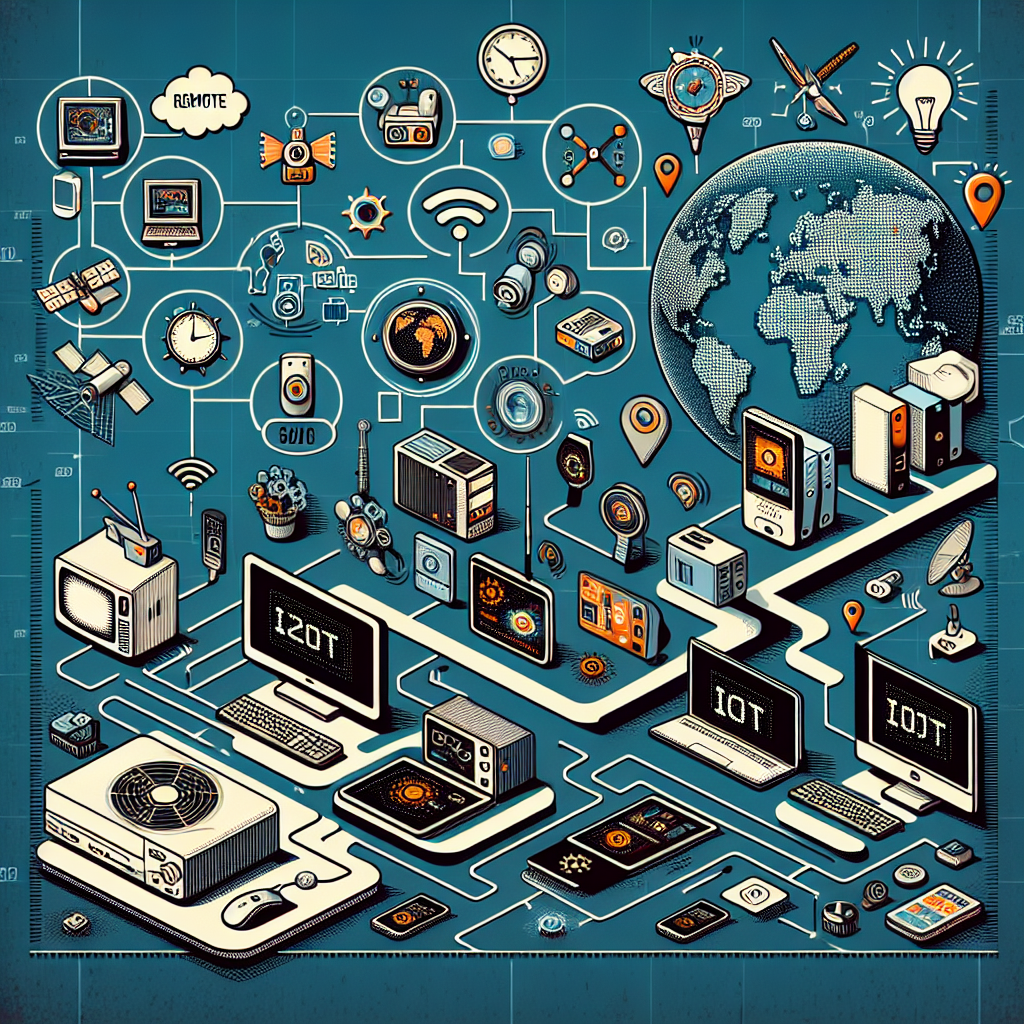
The Evolution of Remote Monitoring in the Age of IoT
The Evolution of Remote Monitoring in the Age of IoTIn today’s fast-paced world, technology is constantly evolving and changing the way we do things. One area that has seen significant advancements in recent years is remote monitoring, especially with the rise of the Internet of Things (IoT). Remote monitoring refers to the ability to monitor and control devices, equipment, and systems from a distance, often using technologies such as sensors, wireless connectivity, and cloud computing.
The IoT, which refers to the network of connected devices that communicate with each other and the internet, has transformed the way remote monitoring is conducted. With the IoT, devices and sensors can collect and transmit data in real-time, allowing for more accurate and timely monitoring of various systems and processes. This has revolutionized industries such as healthcare, manufacturing, agriculture, and transportation, among others.
One of the key benefits of remote monitoring in the age of IoT is the ability to proactively detect and address issues before they escalate. For example, in healthcare, remote monitoring technologies can track a patient’s vital signs and alert healthcare providers if there are any anomalies, allowing for early intervention and potentially saving lives. In manufacturing, remote monitoring can help prevent equipment failures by monitoring performance data and predicting when maintenance is needed.
Another advantage of remote monitoring in the IoT era is the ability to access data from anywhere, at any time. This means that operators and technicians can monitor and control systems remotely, without having to be physically present at the site. This not only increases efficiency but also reduces the need for on-site personnel, saving time and resources.
Furthermore, remote monitoring in the age of IoT enables better decision-making by providing real-time insights and actionable data. By analyzing the data collected from sensors and devices, organizations can identify trends, optimize performance, and make informed decisions to improve operations and reduce costs.
However, with the benefits of remote monitoring in the IoT era also come challenges. Security and privacy concerns are top of mind, as the increased connectivity of devices and systems opens up vulnerabilities to cyberattacks. Organizations must invest in robust cybersecurity measures to protect sensitive data and prevent unauthorized access to their systems.
Overall, the evolution of remote monitoring in the age of IoT has transformed the way businesses operate and manage their assets. By leveraging the power of connected devices and real-time data, organizations can improve efficiency, reduce downtime, and enhance decision-making. As technology continues to advance, the possibilities for remote monitoring are endless, paving the way for a more connected and intelligent future.

The Environmental Impact of Cloud Computing: Sustainability in the Digital Age
Cloud computing has revolutionized the way we store, access, and manage data in the digital age. However, as the demand for cloud services continues to grow, so does the environmental impact of this technology. In recent years, there has been a growing concern about the sustainability of cloud computing and its effects on the environment.One of the main environmental impacts of cloud computing is the energy consumption associated with data centers. Data centers are large facilities that house servers and other IT equipment that store and process data for cloud services. These data centers require a significant amount of electricity to operate and cool the servers, leading to a high carbon footprint.
According to a report by Greenpeace, data centers account for approximately 2% of global greenhouse gas emissions, and this number is expected to grow as more companies move their data to the cloud. The energy consumption of data centers is a major concern for environmentalists, as it contributes to climate change and puts a strain on the world’s energy resources.
In addition to energy consumption, the manufacturing and disposal of IT equipment used in cloud computing also have environmental impacts. The production of servers, networking equipment, and other hardware requires the extraction of raw materials, such as metals and minerals, which can lead to habitat destruction and pollution. Furthermore, the disposal of old IT equipment can result in e-waste, which often ends up in landfills and contaminates the environment.
To address these environmental concerns, many companies in the tech industry are taking steps to make cloud computing more sustainable. Some companies are investing in renewable energy sources, such as solar and wind power, to power their data centers. Others are implementing energy-efficient technologies, such as liquid cooling systems, to reduce the energy consumption of their servers.
Furthermore, some companies are focusing on recycling and refurbishing old IT equipment to reduce e-waste. By extending the lifespan of IT equipment and responsibly recycling outdated devices, companies can minimize their environmental impact and contribute to a more sustainable future.
Individuals can also play a role in promoting sustainability in cloud computing by being mindful of their digital footprint. By deleting unnecessary files, using energy-efficient devices, and choosing eco-friendly cloud providers, individuals can reduce their carbon footprint and support companies that prioritize sustainability.
In conclusion, the environmental impact of cloud computing is a growing concern in the digital age. While the technology offers many benefits in terms of efficiency and accessibility, it also poses challenges in terms of energy consumption and e-waste. By adopting sustainable practices and investing in renewable energy sources, the tech industry can mitigate the environmental impact of cloud computing and create a more sustainable future for generations to come.
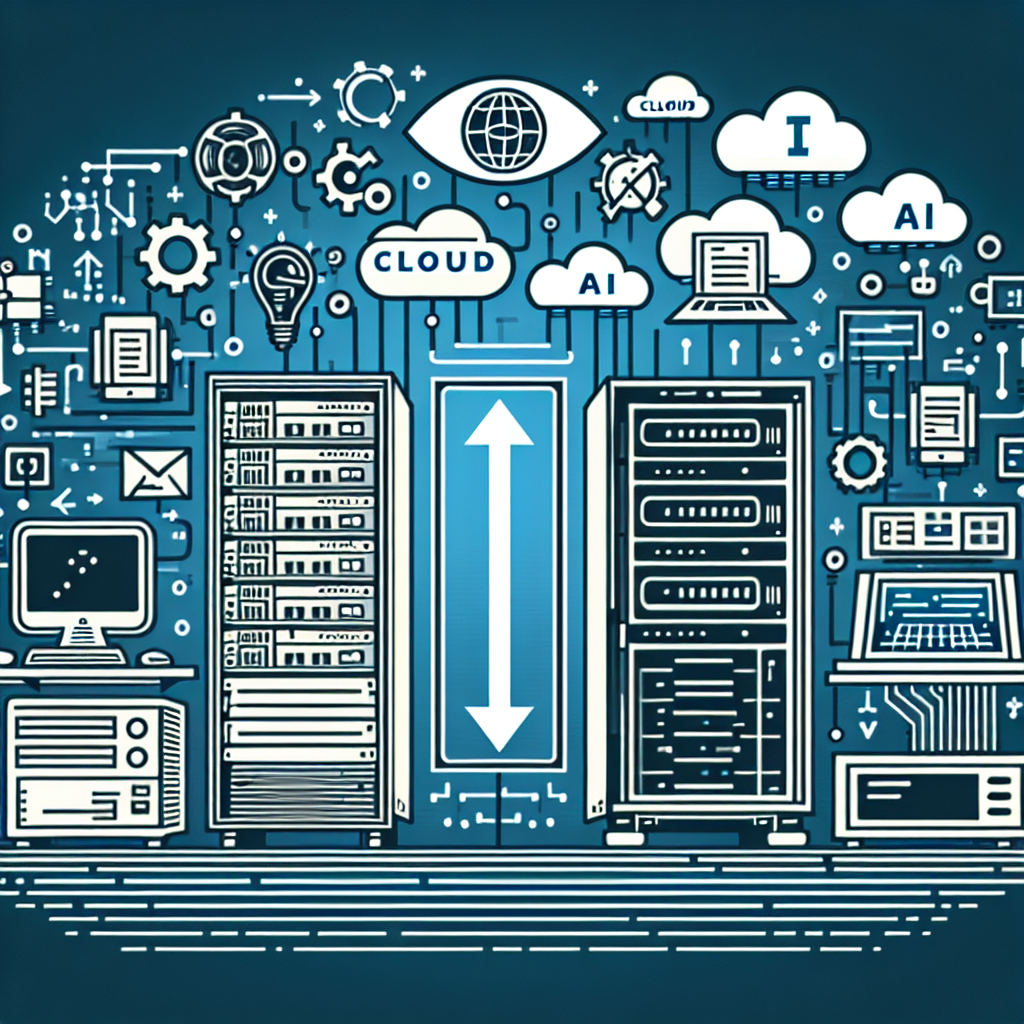
The Evolution of IT Infrastructure Management in the Age of Digital Transformation
In today’s fast-paced digital world, the management of IT infrastructure has evolved significantly to keep up with the demands of digital transformation. As businesses continue to adopt new technologies and digital tools to stay competitive, the role of IT infrastructure management has become more crucial than ever.Gone are the days when IT infrastructure management simply involved keeping servers up and running. In the age of digital transformation, IT infrastructure management has become more complex and dynamic, requiring a more strategic and proactive approach.
One of the key drivers of this evolution is the increasing reliance on cloud computing and virtualization. Cloud computing has revolutionized the way businesses store and access data, enabling greater scalability, flexibility, and cost-efficiency. As a result, IT infrastructure management now involves managing a combination of on-premises hardware and cloud-based services, requiring a more integrated and holistic approach.
Virtualization, on the other hand, has enabled businesses to optimize their infrastructure by running multiple virtual machines on a single physical server. This has not only reduced hardware costs but has also made it easier to scale resources up or down based on demand. IT infrastructure management now involves ensuring the smooth operation of virtualized environments and optimizing resource allocation to maximize performance and efficiency.
Another important trend shaping the evolution of IT infrastructure management is the increasing focus on automation and self-service capabilities. With the rise of DevOps and agile methodologies, businesses are looking for ways to streamline their IT operations and accelerate the delivery of new services and applications. IT infrastructure management now involves automating routine tasks, such as provisioning, monitoring, and patching, to free up IT teams to focus on more strategic initiatives.
Moreover, the growing importance of security and compliance in today’s digital landscape has also shaped the evolution of IT infrastructure management. With cyber threats becoming more sophisticated and data privacy regulations becoming stricter, businesses need to ensure that their IT infrastructure is secure and compliant at all times. IT infrastructure management now involves implementing robust security measures, such as encryption, access controls, and threat detection, to protect data and mitigate risks.
Overall, the evolution of IT infrastructure management in the age of digital transformation is driven by the need for greater agility, scalability, and security. Businesses that embrace these trends and adopt a more strategic and proactive approach to IT infrastructure management will be better positioned to harness the power of digital technologies and drive innovation and growth in the digital era.
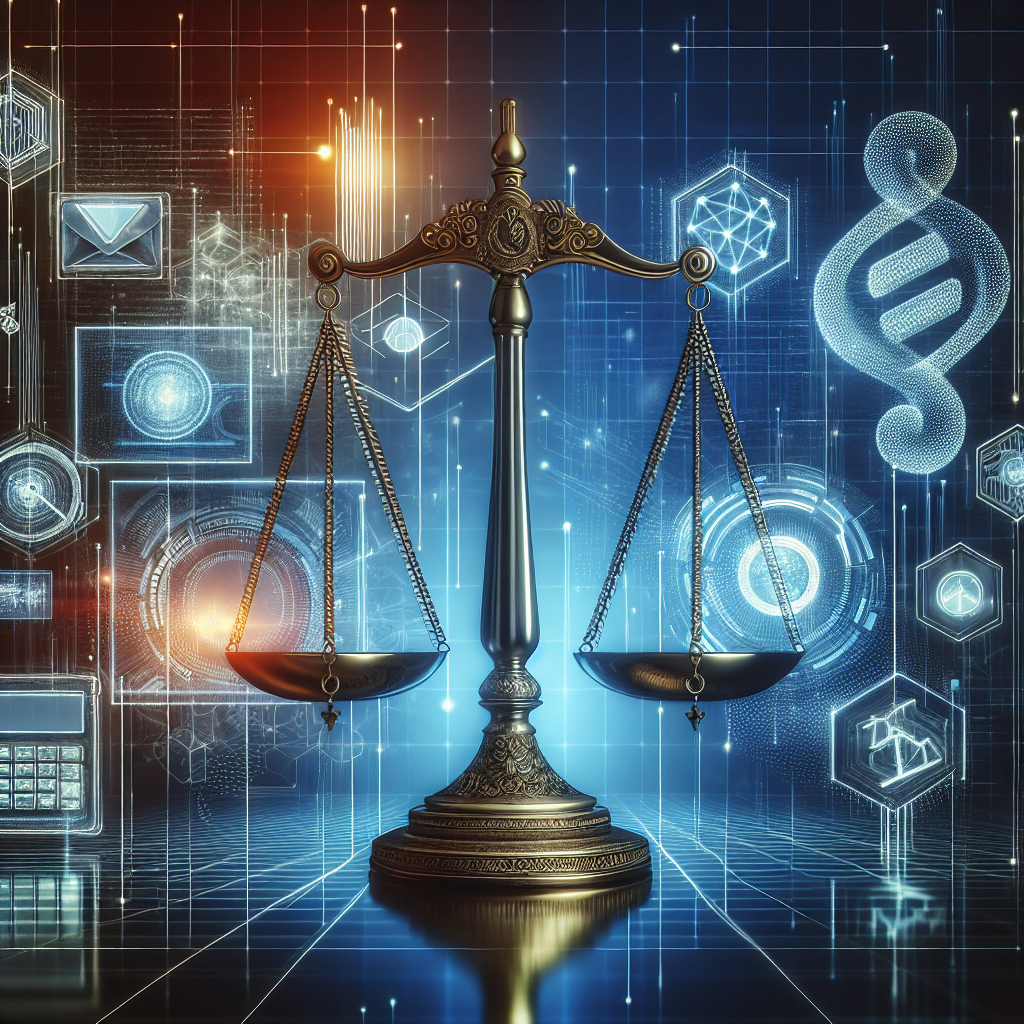
The Future of Service Level Agreements in a Digital Age
Service Level Agreements (SLAs) have long been a cornerstone of business relationships, outlining the level of service that can be expected from a provider. In the digital age, where technology is constantly evolving and businesses are increasingly reliant on digital services, the future of SLAs is being redefined.One of the key challenges facing SLAs in the digital age is the rapid pace of technological change. With new technologies emerging on a regular basis, it can be difficult for businesses to keep up with the latest developments and ensure that their SLAs are up to date. This has led to a shift towards more flexible and adaptable SLAs that can be easily updated to reflect changes in technology.
Another challenge is the increasing complexity of digital services. As businesses become more reliant on digital technologies, the services that they require are becoming more complex and interconnected. This can make it difficult to accurately define the scope of an SLA and ensure that all parties have a clear understanding of their responsibilities.
In response to these challenges, the future of SLAs is likely to see a greater emphasis on collaboration and communication between providers and customers. Rather than simply setting out a list of service levels and penalties for non-compliance, SLAs are likely to become more of a living document that is regularly reviewed and updated based on changing business needs and technological advancements.
One trend that is likely to shape the future of SLAs is the use of artificial intelligence and automation. AI-powered tools can help businesses track and monitor service levels in real time, allowing for more proactive management of SLAs and quicker resolution of any issues that arise. Automation can also help to streamline the process of updating and revising SLAs, making it easier for businesses to keep pace with technological changes.
Overall, the future of SLAs in the digital age is likely to be characterized by greater flexibility, collaboration, and automation. Businesses will need to adapt to the changing landscape of digital services and ensure that their SLAs are able to keep up with the pace of technological change. By embracing these trends, businesses can ensure that their SLAs continue to provide value and support their digital operations in an increasingly complex and interconnected world.
